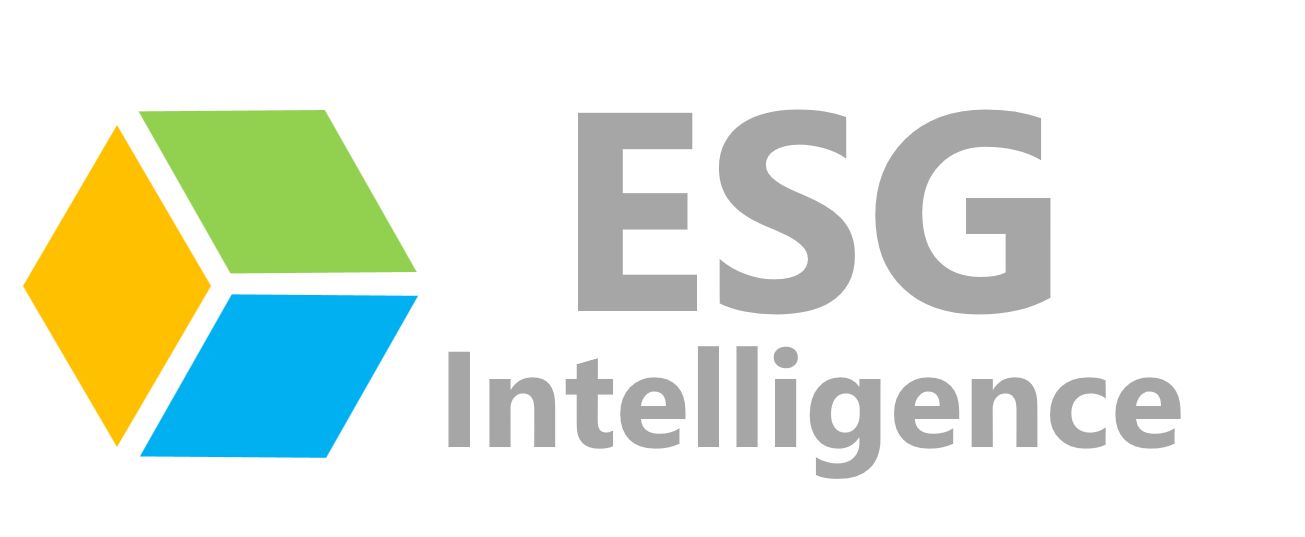
Water is the essence of life. It’s a resource that every living being on Earth relies upon. Yet, despite its significance, potable (drinkable) water is becoming increasingly scarce. The crisis of potable water shortage and wastage is a pressing global issue that demands immediate attention. But what are the root causes of this crisis, and how does it impact our world? More importantly, how can technology play a role in offering solutions?
Causes of Potable Water Shortage and Wastage
- Overpopulation: As the global population continues to rise, the demand for fresh, drinkable water increases. Many densely populated areas already face severe water shortages.
- Agricultural Practices: Agriculture consumes a significant portion of the world’s freshwater. Inefficient irrigation methods and over-watering lead to considerable wastage.
- Industrialization: Industries often discharge untreated or inadequately treated wastewater into rivers and lakes, contaminating vast amounts of freshwater.
- Climate Change: Changing weather patterns, prolonged droughts, and erratic rainfall contribute to depleting water sources.
- Poor Infrastructure: In many regions, outdated or damaged water infrastructure, such as leaking pipes, results in significant water loss.
Negative Impacts of Water Wastage
- Environmental Degradation: Wastage of freshwater affects natural habitats, leading to reduced biodiversity.
- Economic Consequences: Countries spend billions treating water-related diseases and on infrastructure to transport water to areas facing shortages.
- Health Risks: Contaminated water sources lead to waterborne diseases, affecting millions, especially in developing countries.
- Social Impacts: Water scarcity can lead to conflicts over resources, displacing communities, and causing social unrest.
Emerging Technologies to the Rescue
The silver lining in this looming crisis is the potential of technology to offer innovative solutions. Here are some ways technology is making a difference:
- Artificial Intelligence (AI) and Machine Learning: These technologies can predict water usage patterns, detect leaks in real-time, and optimize water distribution systems. For instance, some cities are already using AI to monitor potable water supply and detect leakages, conserving vast amounts of water.
- Internet of Things (IoT): IoT devices can monitor water quality, track consumption, and even control water flow remotely. Smart meters and sensors can provide real-time data, helping in efficient water management.
- Desalination: While traditionally an energy-intensive process, advancements in technology are making desalination more efficient, turning seawater into a reliable source of potable water.
- Rainwater Harvesting Systems: Modern rainwater harvesting systems, equipped with filters and purification units, can store and treat rainwater, making it suitable for consumption.
- Blockchain: This technology can ensure transparency in water distribution, helping in equitable distribution and preventing misuse.
Conclusion
The potable water crisis is undeniably one of the most pressing challenges of our time. However, with the integration of advanced technologies, there’s hope for sustainable water management. By understanding the causes and consequences of water wastage and leveraging technology, we can ensure that future generations have access to this precious resource. It’s a collective responsibility, and with innovation and awareness, a water-secure future is within reach.
ESG Intelligence Platform
Check out the initiatives and innovations related to different ESG themes now!
